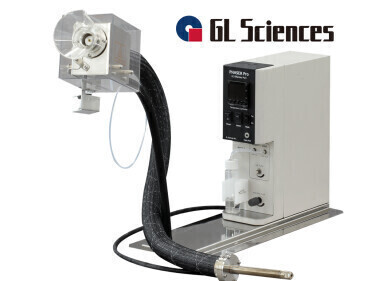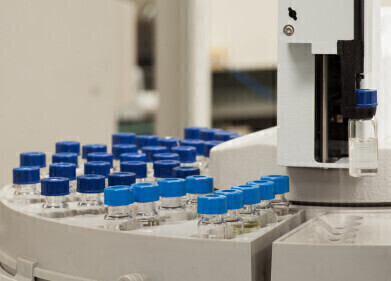-
 Gas chromatography-mass spectrometry has been used to identify polluted edible oil
Gas chromatography-mass spectrometry has been used to identify polluted edible oil
GC, MDGC
Gas chromatography-mass spectrometry identifies oil pollutant
May 18 2010
But researchers in China have been applying gas chromatography-mass spectrometry to edible oil for the same purpose.
Their findings, published in the latest issue of the Journal of Chromatography A, explain how further chromatographic processes can extract the pollutant from the oil, effectively purifying it.
The pollutant in question is polycyclic aromatic hydrocarbons, identified as a priority substance by the US Environmental Protection Agency.
Jian-Hua Wang and Guo Cui of the University of Qingdao and State Key Laboratory of Food Safety Testing in China developed the analytical method and subsequent purifying process, which uses a narrow gel permeation chromatographic column, achieving recoveries of between 81 and 96 per cent of the edible oil tested.
The Chinese State Key Laboratories are university research departments which receive funding from the Chinese central government, typically in areas such as chemistry, physics and medicine.
Digital Edition
Chromatography Today - Buyers' Guide 2022
October 2023
In This Edition Modern & Practical Applications - Accelerating ADC Development with Mass Spectrometry - Implementing High-Resolution Ion Mobility into Peptide Mapping Workflows Chromatogr...
View all digital editions
Events
ACS National Meeting - Fall 2024
Aug 18 2024 Denver, CO, USA
Sep 04 2024 Chiba, Tokyo, Japan
Sep 04 2024 University of Warwick, Coventry, UK
Sep 10 2024 Rockville, MD, USA
Plastics Recycling World Expo Europe
Sep 11 2024 Brussels, Belgium













